Intel's Comet Lake-S is just getting started and of course you need a new base (again). Note: You can never have enough pins and with the features it looks similar. So what exactly awaits the potential buyer? First of all, the Z490 boards will rely on the new socket 1200. There is also an I/O extension, especially pcI Express 4.0 support, which you won't find on the Z390. However, most of the differences between Z390 and Z490 are just upgrades, not additional features. This is exactly what we have to question now, even if the Z490 chipset is almost more interesting than the Comet Lake-S CPU, which I present separately today in the article Intel's Comet Lake-S CPUs of the 10th generation – but for the time being only on paper.
What can we expect from the Z490 chipset?
The Z490 motherboards won't contain any really new features, but will be more of an upgrade of existing features. The Z490 motherboard will feature a variety of (known) features, including Intel Rapid Storage technology, built-in USB 3.2 Gen 2 support, advanced core and memory overclocking (including the ability to set voltage/frequency curves), Intel Wi-Fi, 4k content features, and the chipset supports CPUs with up to 10 processor cores for higher performance.
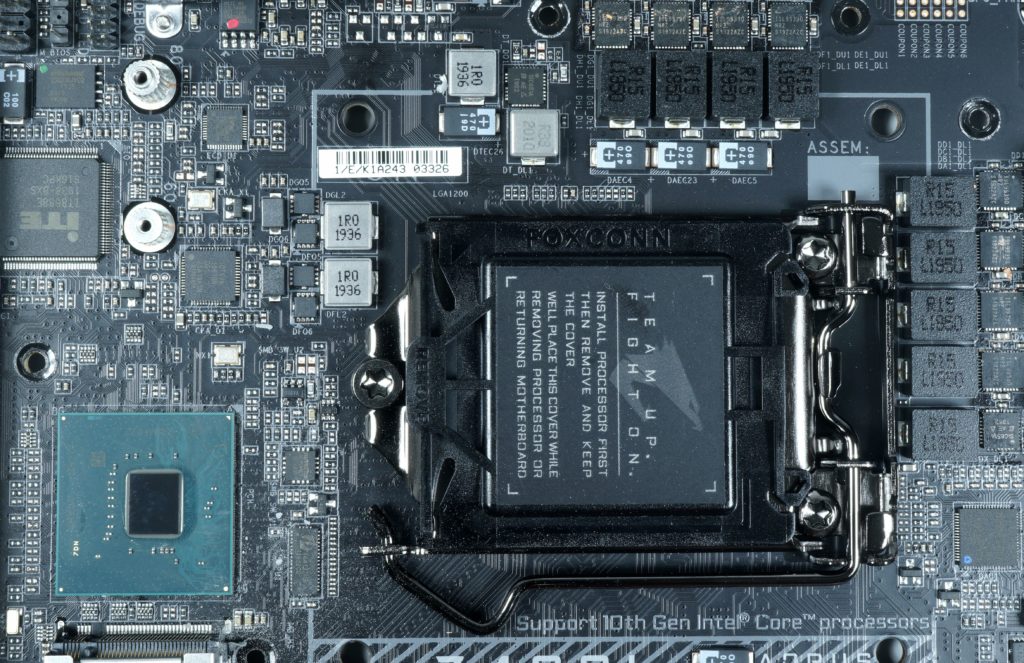
The Z490 motherboard will be Intel's newest processors of the 10th century. generation and is also not backwards compatible with older CPU generations with the new socket 1200. While the Z390 motherboards support up to 30 Coffee Lake CPUs, Z490 will provide additional support for approximately 17 Corner Lake S processors. In addition, the Z490 motherboards will have fixes for the Spectre and Meltdown vulnerabilities, as well as improve performance and higher turbo speeds than Z390 boards for the 9th Coffee Lake CPUs. Generation.
Z390 vs. Z490: The Socket Design
While the Z390 platform has an LGA 1151 socket, the new Z490 counterpart has the LGA 1200. However, both the LGA 1151 and the LGA 1200 have the same base dimensions on the outside. However, the LGA 1200 is now virtually on the left, which is why Comet Lake CPUs are definitely no longer compatible with the Coffee Lake motherboards. With the new enhancements, Comet Lake-S can be used with any legacy platforms without backward compatibility issues.
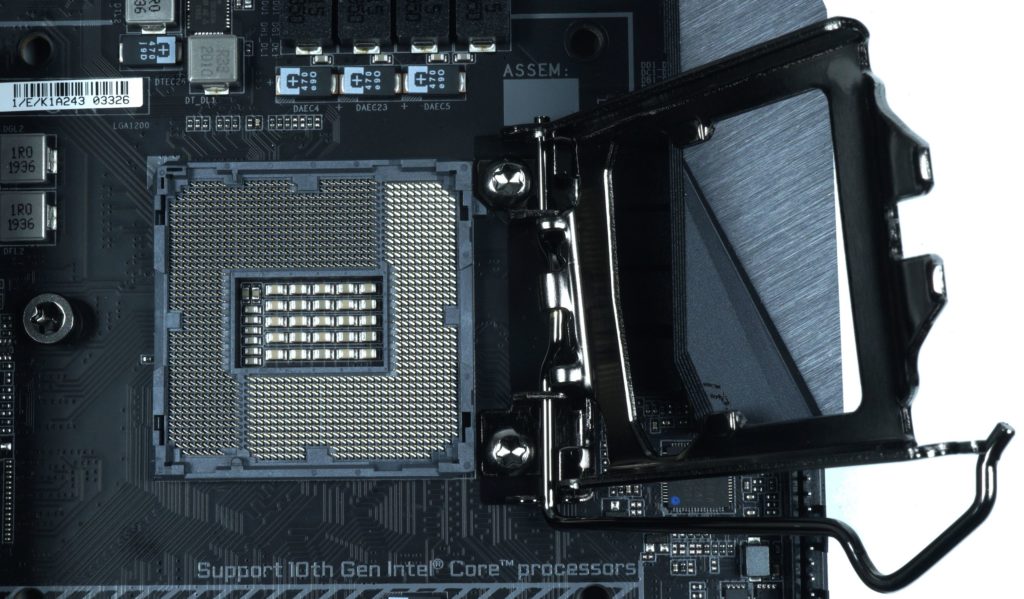
Z390 vs. Z490: Performance
Intel's Z390 chipset is used to build a variety of pCs, including various high-end 4k gaming PCs and affordable devices for everyday use. The same applies to the upcoming Z490 chipset, which can now be seen in different motherboard series. However, it offers better overclocking functions and is therefore also significantly faster than what Z390 motherboards can currently offer. While the Z390 motherboards both use the processors of the 8th as well as the 9th generation, Z490 is one step ahead here, as not only support for the latest processors of the 10. generation, but also the 11th generation including PCIe 4.0 in perspective.
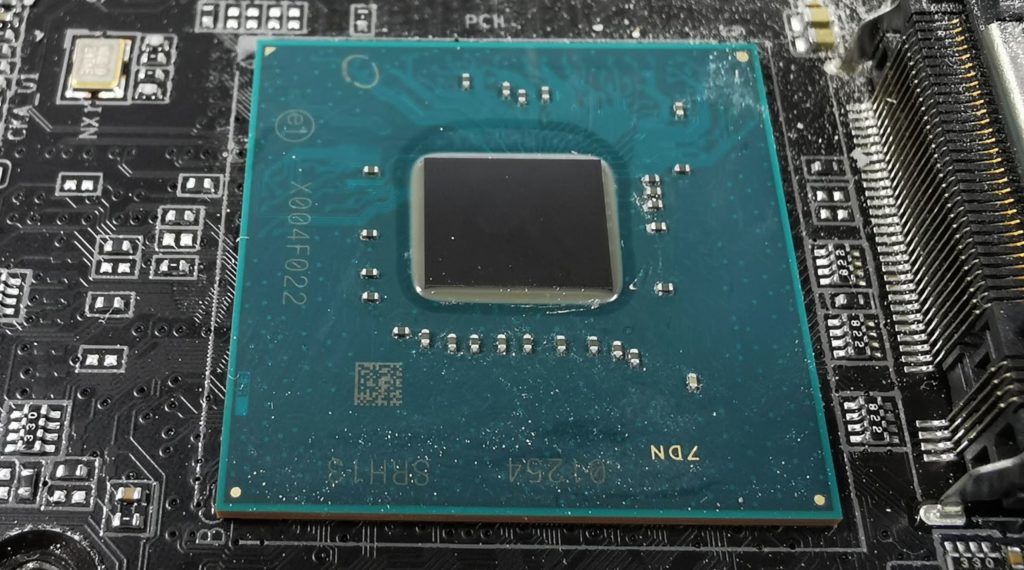
Although there is no great difference between the processors of the 9. And 10. generation, the latter is a tick faster, especially when the latest technology is used. These include the new Turbo Boost Max…
… and various other features up to the bus overclocking and a detailed voltage/frequency curve, as we already know them from the graphics cards.
Z390 vs. Z490: Connections and Connections
Since the Z490 is a revision of the Z390, the changes are rather minor. The block diagram of the Z490 I Aorus Ultra shows the complete diagram of possible connections except for Thunderbolt 3, which was not granted to this board, but is also generally possible with the Z490. For example, ddr4 support is available on both chipsets, but it seems that Z490 will provide a larger memory expansion than the 128 GB currently the upper limit for Z390. In addition, Z490 has more USB Gen 3 ports than Z390.
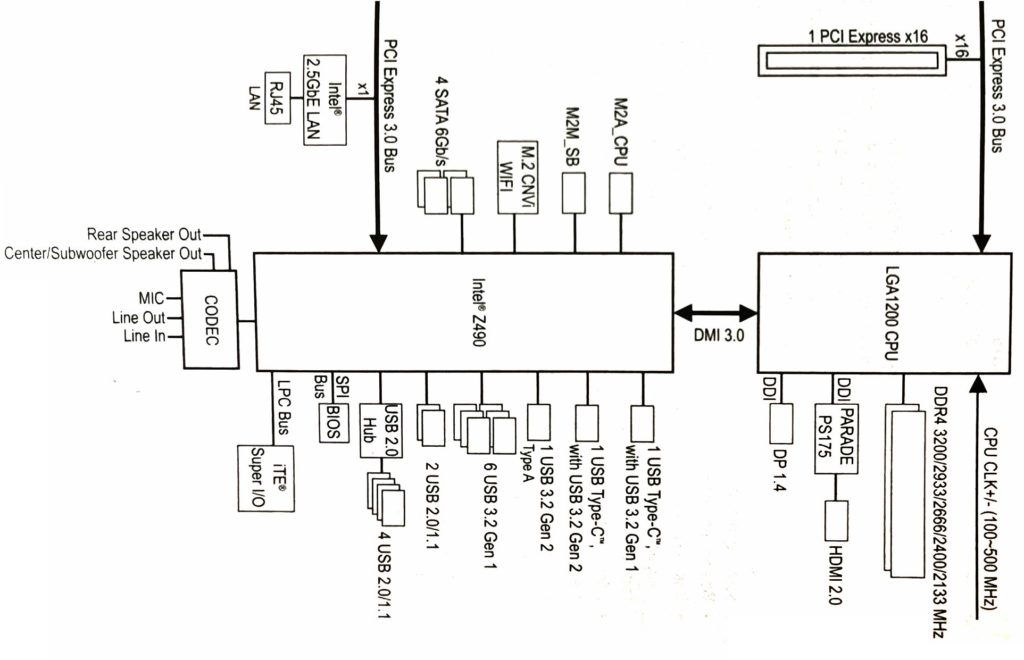 But both also have a lot of connections in common. Bandwidth and PCI support remain the same, as does support for SATA 3 ports and graphics card compatibility, and support for Optane and SATA RAID storage. Intel has introduced native support for 802.11AC wireless Internet for Z390, but has gone a step further with the Z490. But the support has now gone a step further, now that Wi-Fi 6 support has been implemented in the Z490.
But both also have a lot of connections in common. Bandwidth and PCI support remain the same, as does support for SATA 3 ports and graphics card compatibility, and support for Optane and SATA RAID storage. Intel has introduced native support for 802.11AC wireless Internet for Z390, but has gone a step further with the Z490. But the support has now gone a step further, now that Wi-Fi 6 support has been implemented in the Z490.
If private customers or manufacturers of complete systems want to buy a motherboard with the respective flagship chipsets, they will surely look for the top features on offer, including the overclocking options. This means that these potential customers will be looking for the latest storage and USB support, I/O, storage options, and a wide range of available motherboards.
The Z490 I Aorus Ultra from Gigabyte – mini-ITX of the 10th Generation
Finally, I looked at one of the new motherboards. Since I am not averse to mini-ITX, but on the contrary find the implementation of all features in a confined space always exciting, I not only analyzed the Aorus board, but also once disassembled everything that went off.
You can find the rest of the findings in this rather entertaining video, which I didn't want to miss. The board was made available to me by Gigabyte without preconditions, I would like to point this out for the sake of completeness.













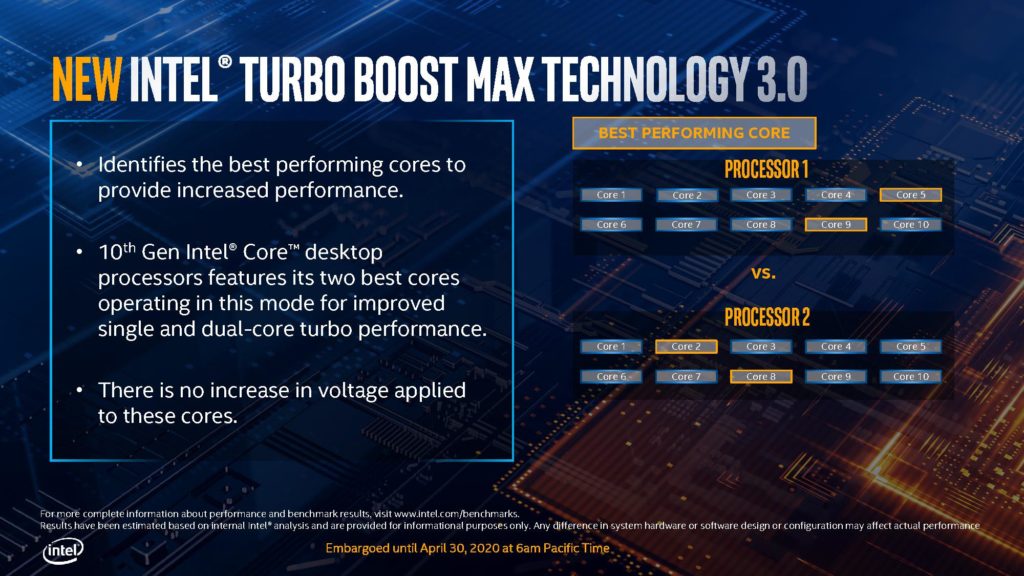
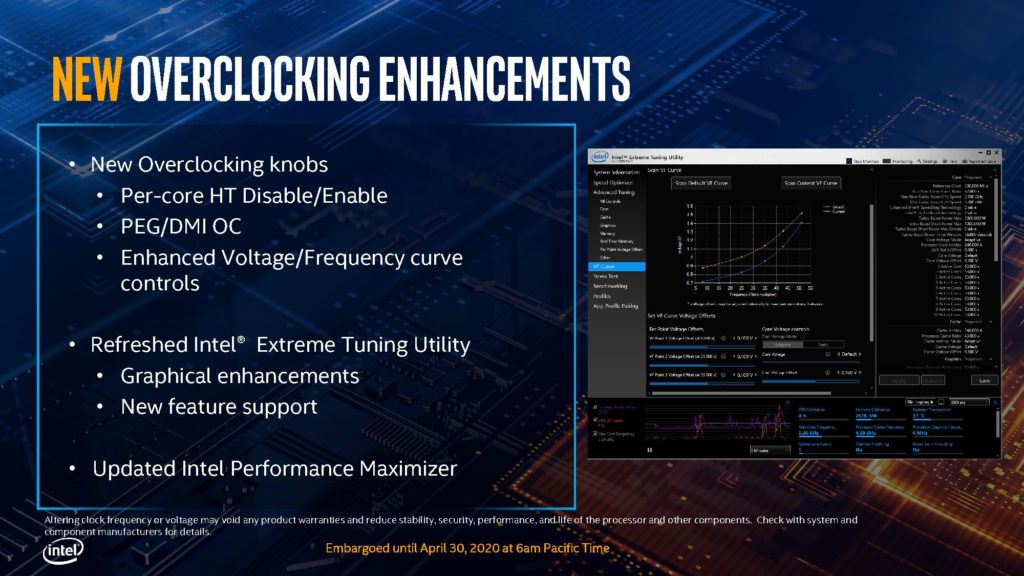

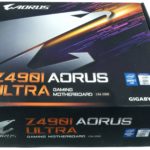
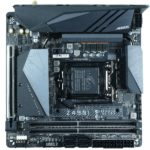
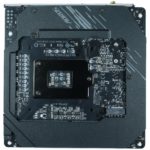
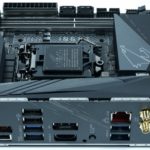
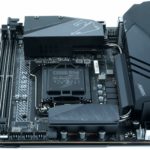
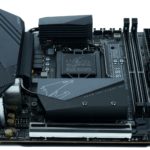
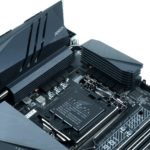
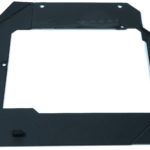
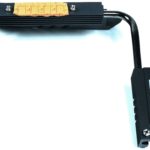
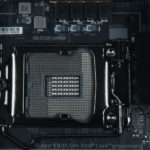
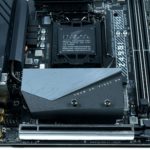
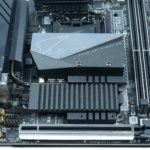
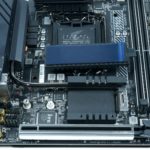
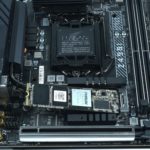
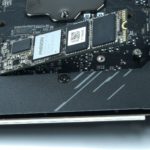
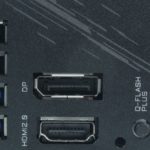


















Kommentieren